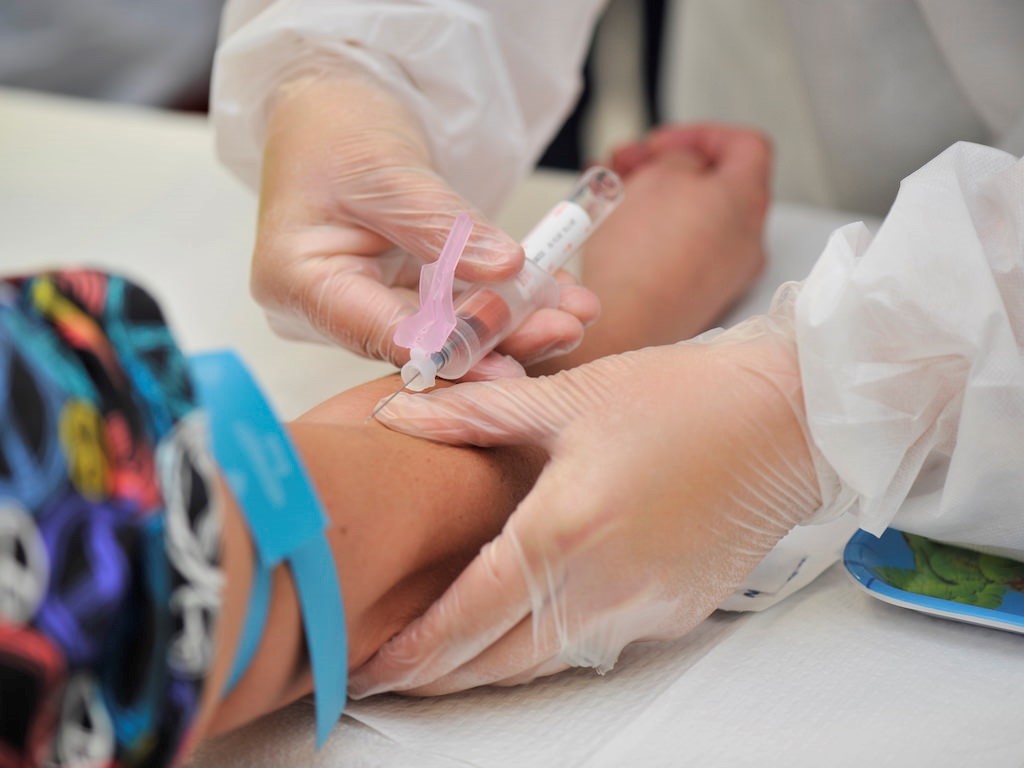**Title: How To Get Certified In Phlebotomy: A Comprehensive Guide**
**Introduction:**
Getting certified in phlebotomy is a great way to start a career in the healthcare field. Phlebotomists are responsible for drawing blood from patients for medical tests, transfusions, donations, or research. This article will provide you with a step-by-step guide on how to get certified in phlebotomy, including the necessary training, education, and certifications required.
**What Is Phlebotomy Certification?**
Phlebotomy certification is a credential that demonstrates a phlebotomist’s competence and knowledge in the field. It proves that they have completed the necessary training and have met the standards set by certifying organizations. Having a phlebotomy certification can improve job prospects, increase earning potential, and enhance credibility in the healthcare industry.
**Steps To Get Certified In Phlebotomy:**
1. **Complete High School Education:**
– Graduating from high school or obtaining a GED is the first step towards becoming a certified phlebotomist.
2. **Attend a Phlebotomy Training Program:**
- Enroll in an accredited phlebotomy training program that includes both classroom instruction and hands-on training.
– Look for programs that are approved by organizations like the National Accrediting Agency for Clinical Laboratory Sciences (NAACLS) or the Accrediting Bureau of Health Education Schools (ABHES).
3. **Gain Practical Experience:**
– Get hands-on experience by completing a certain number of venipunctures and skin punctures under the supervision of a qualified phlebotomist.
- Some training programs may include a clinical externship to provide practical experience in a real healthcare setting.
4. **Pass a Certification Exam:**
- After completing the training program, you will need to pass a certification exam to become a certified phlebotomist.
– The most common certification exams for phlebotomy include the National Healthcareer Association (NHA) Certified Phlebotomy Technician (CPT) exam and the American Society for Clinical Pathology (ASCP) Phlebotomy Technician (PBT) exam.
5. **Obtain Phlebotomy Certification:**
– Once you pass the certification exam, you will receive your phlebotomy certification, which is usually valid for a certain number of years.
– Some states may require additional licensure or certification, so make sure to check the requirements in your state.
**Benefits Of Getting Certified In Phlebotomy:**
– Increased job opportunities in hospitals, clinics, blood banks, and other healthcare settings.
– Higher earning potential compared to non-certified phlebotomists.
– Enhances credibility and professionalism in the healthcare industry.
– Opportunities for career advancement and specialization in areas like pediatric phlebotomy or geriatric phlebotomy.
**Practical Tips For Success:**
– Stay updated on the latest phlebotomy techniques, equipment, and regulations.
– Join professional organizations like the National Phlebotomy Association (NPA) to network with other phlebotomists and access resources.
– Consider pursuing additional certifications or specializations to stand out in the field.
**Conclusion:**
Becoming certified in phlebotomy can open up exciting career opportunities in the healthcare field. By following the steps outlined in this guide, you can start your journey towards becoming a certified phlebotomist and making a meaningful difference in patients’ lives. Remember to stay dedicated, continue learning, and always strive for excellence in your phlebotomy practice. Good luck on your path to phlebotomy certification!
